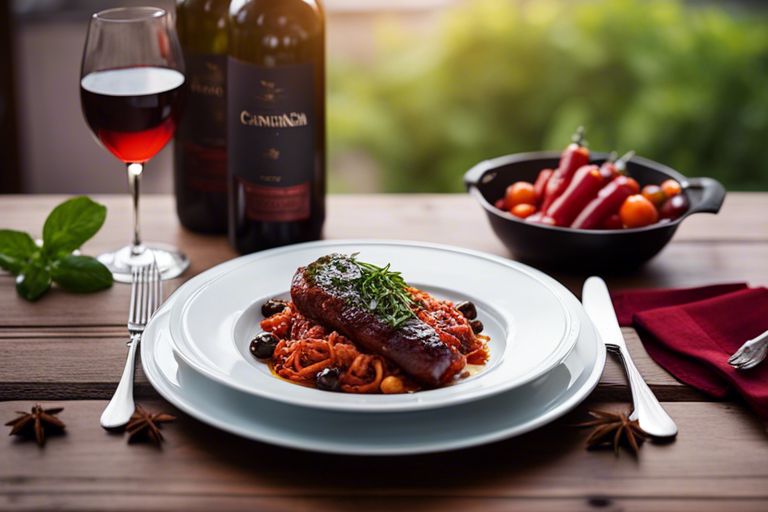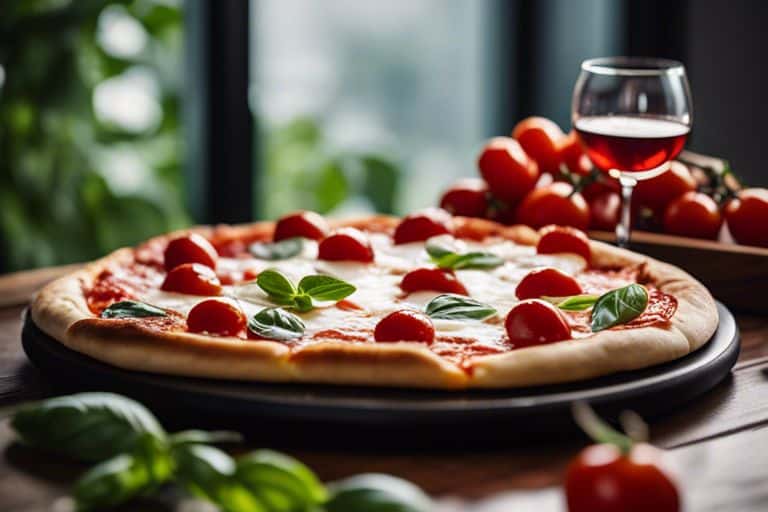
Embark on a culinary adventure as we explore into the world of Carignan wine, a hidden gem with a robust character waiting to be discovered. Paired with the fiery notes of spicy chorizo, this dynamic duo promises a gastronomic experience like no other. From the history of Carignan to the intricacies of its flavour profile, this blog post will guide you through the perfect marriage of this bold wine with the intense flavours of chorizo. Prepare to tantalise your taste buds and elevate your dining experience to new heights with the rich flavours of Carignan paired with spicy chorizo.
The History of Carignan
Origins and Development
Carignan is a red grape variety believed to have originated in the Aragon region of Spain. It has a long history dating back to the 17th century when it was brought to France, specifically to the Languedoc-Roussillon region. The grape quickly gained popularity due to its high yields and resistance to various pests and diseases, making it a staple in many vineyards.
Carignan in Modern Winemaking
In modern winemaking, Carignan has faced a bit of a renaissance after falling out of favour in the late 20th century. Winemakers are now recognising the potential of this grape to produce high-quality wines when grown in low-yielding vineyards and carefully managed to control its naturally high tannins and acidity. Its intense dark fruit flavours and ability to thrive in hot, dry climates make it a popular choice for blending or as a single varietal wine.
Understanding Spicy Chorizo
What is Chorizo?
Chorizo is a type of pork sausage that originates from Spain and Portugal. It is seasoned with a variety of spices, most notably paprika, which gives it its distinctive red colour and rich flavour. Chorizo is available in both fresh and cured forms, with the cured version being more commonly used in cooking.
Varieties and Spice Levels
Chorizo comes in different varieties, with the two main types being Spanish and Mexican. Spanish chorizo is typically cured and can be either sweet or spicy, while Mexican chorizo is fresh and ground, often flavoured with vinegar and a mix of herbs and spices. The spice level of chorizo can vary from mild to hot, depending on the type of chillies used in the seasoning.
When choosing a chorizo for your dish, it’s important to consider the spice level that will complement the other ingredients. A milder chorizo works well in dishes where you want just a hint of spice, while a hotter chorizo adds a fiery kick to your cooking.
Pairing Carignan with Spicy Chorizo
Complementary Flavour Profiles
Carignan, a robust red wine known for its bold and rich flavours, pairs exceptionally well with spicy chorizo. The deep, fruity notes of the Carignan complement the smoky, spicy kick of the chorizo, creating a tantalising taste experience that is sure to excite your palate.
Serving Suggestions and Pairing Tips
When serving Carignan with spicy chorizo, consider adding some creamy cheeses like Manchego or Mahón to balance out the heat. Opt for grilled meats or hearty stews alongside this pairing to elevate the flavours even further. Any dish with a touch of char or caramelisation will complement the robust characteristics of the Carignan and enhance the spiciness of the chorizo.
- Choose bold and flavoursome accompaniments to enhance the pairing.
- Experiment with different cooking styles to find the perfect match for Carignan and spicy chorizo.
Exploring Regional Pairings
Traditional Carignan and Chorizo Combinations
In terms of traditional pairings, Carignan and chorizo have been enjoyed together for centuries in regions like Catalonia in Spain and Languedoc-Roussillon in France. The rich and spicy notes of the chorizo complement the bold and robust flavours of Carignan, creating a harmonious balance on the palate.
Innovative Pairings Across the Globe
While the classic combination of Carignan and chorizo is undeniably delicious, wine enthusiasts around the world have been experimenting with innovative pairings to elevate this experience. From pairing Carignan with Mexican chorizo tacos to Asian-style chorizo stir-fry, the possibilities are endless for those willing to push the boundaries of traditional flavour profiles.
By exploring these innovative pairings, you can discover new ways to enhance the rich flavours of Carignan while enjoying the spicy kick of chorizo in unexpected and delightful ways. Whether you’re a traditionalist or a culinary adventurer, there’s a world of exciting flavour combinations waiting to be explored.
Final Thoughts
Carignan is a versatile and robust grape variety that pairs exceptionally well with the spicy flavours of chorizo. The rich and fruity profile of Carignan complements the bold and smoky characteristics of chorizo, creating a harmonious culinary experience.
Whether enjoyed on its own or paired with your favourite chorizo dish, Carignan offers a depth of flavour that is sure to impress even the most discerning wine connoisseurs. Its bold tannins and vibrant acidity make it a perfect match for the intense spiciness of chorizo, creating a symphony of tastes on the palate.
Next time you’re looking for a wine that can stand up to the bold flavours of spicy chorizo, consider reaching for a bottle of Carignan. You’ll be treated to a memorable dining experience that showcases the best of both wine and food.
